Join us as we explore two of Japan’s most iconic shopping districts: Harajuku, the heart of Japan’s youth culture, and Omotesando, known for its tree-lined avenues and flagship stores of global fashion brands.
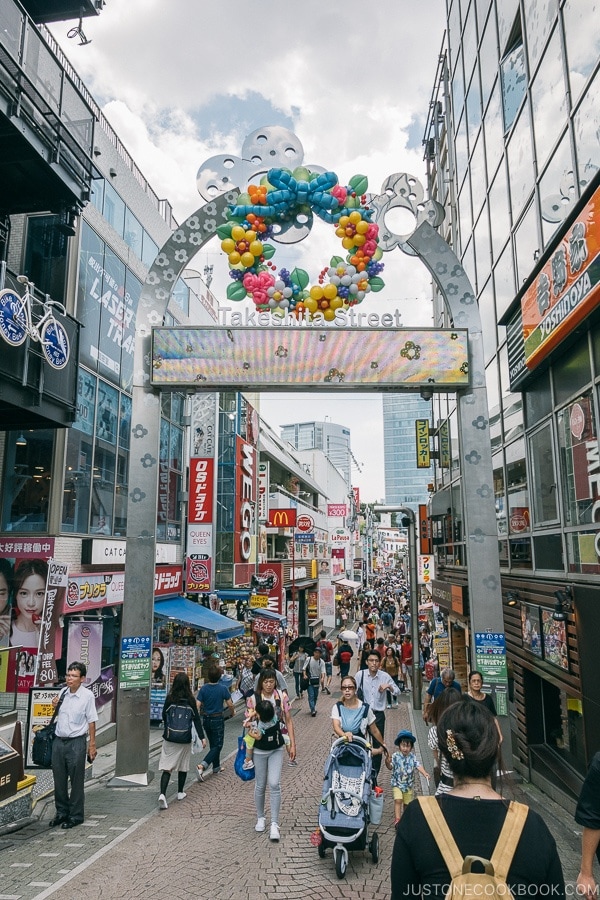
The adjacent districts of Harajuku and Omotesando are where Japan’s rich history collides with the ultra-modern. This juxtaposition arises from the close proximity of deeply spiritual parks, shrines, and temples to the glamorous shopping areas of Tokyo. It’s just a short stroll from serene locations like the Meiji Jingu Temple to the vibrant shopping districts of Harajuku and Omotesando.
Table of contents
Getting There
After our visit to the peaceful Meiji Jingu Temple, our family headed to Harajuku, which is just a few minutes’ walk from the Meiji Jingu Bridge. If you are coming by transit, the JR Yamanote Line stops at Harajuku’s Takeshita Street, and the Chiyoda Metro line pops up at Jingumae for Omotesando. Once you are in either district, the best way to get around is on foot.
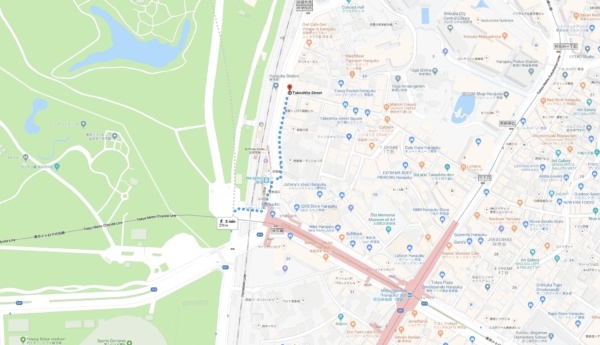
Getting Started: Harajuku
As we crossed the bridge and began our exploration of Harajuku, we stumbled upon a charming cat café—one of over 50 such establishments in Tokyo. The trend of opening cafés dedicated to felines began around 2008, and these cafés house all sorts of cats. You can enjoy a drink, work, read, and, of course, play with the cats at a cat café.
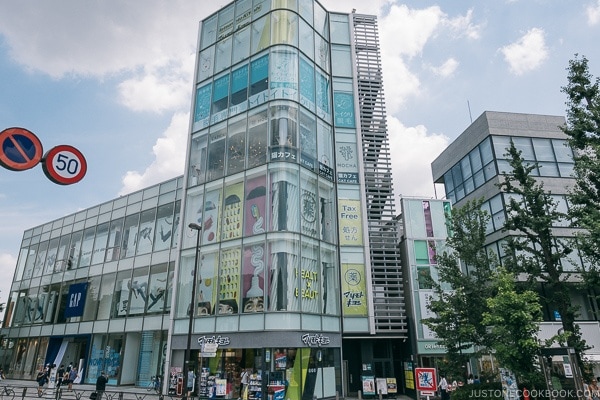
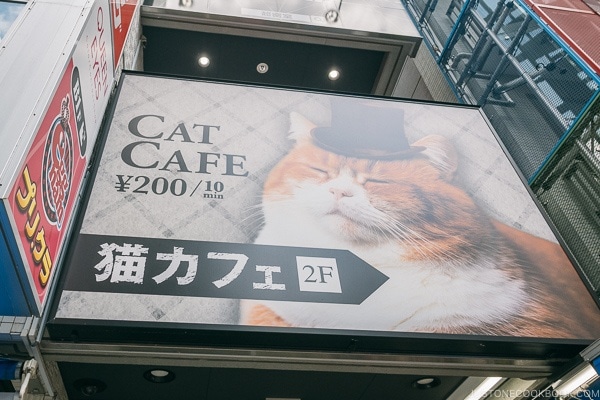
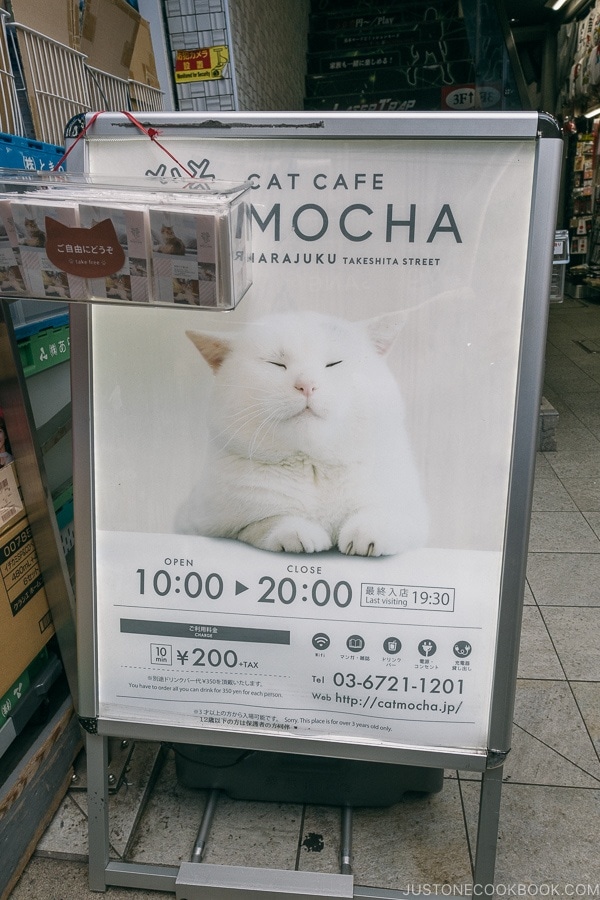
Historic Harajuku Station
Turn left and keep walking; soon, you’ll see Harajuku Station. Opened in 1906, it has largely retained its original appearance. Its unique architecture and traditional look stand out among today’s Tokyo subway and train stations. Despite its small size, it is the sixth-busiest station in Tokyo, with over 70,000 riders each day.
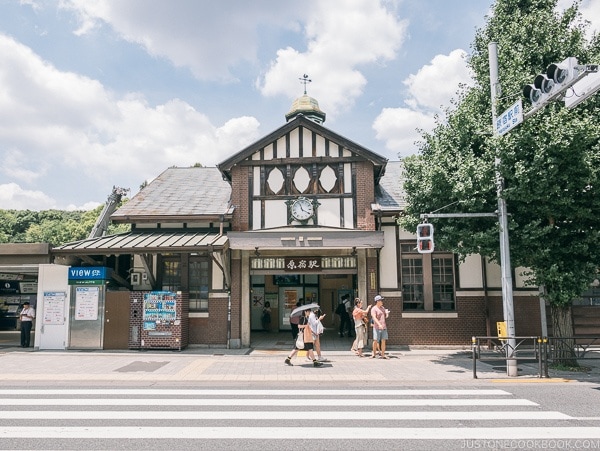
Right across from Harajuku Station is the famed Takeshita Dori, the main street in Harajuku. Takeshita Dori, or Takeshita Street, is home to hundreds of shops and restaurants at the forefront of Japanese youth culture. In addition to fashion, clothing, and accessory shops, you’ll find wildly popular sweet shops selling crepes, cotton candy, rainbow sweets, and various Japanese treats.
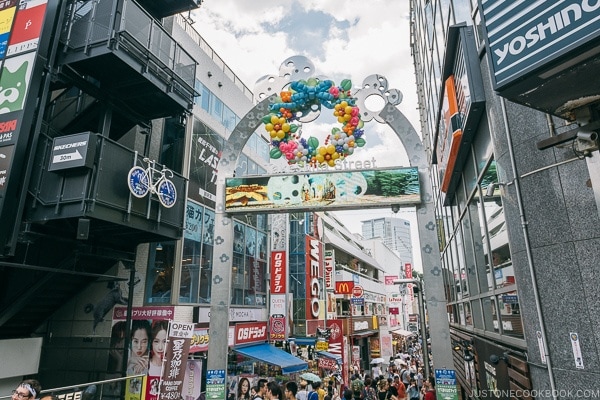
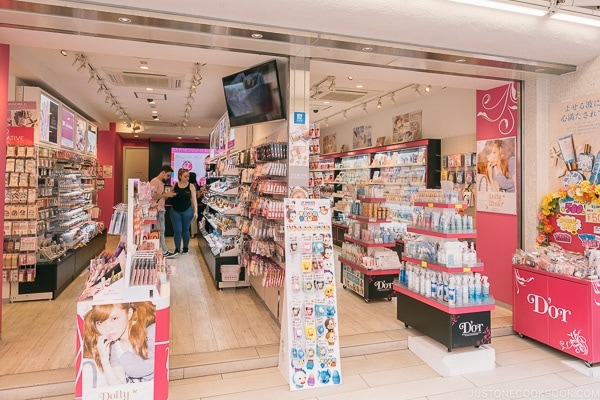
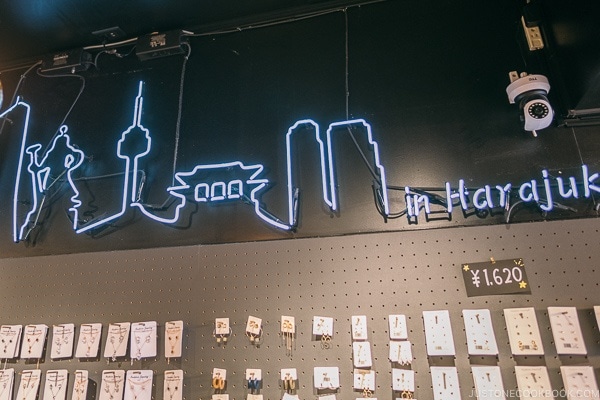
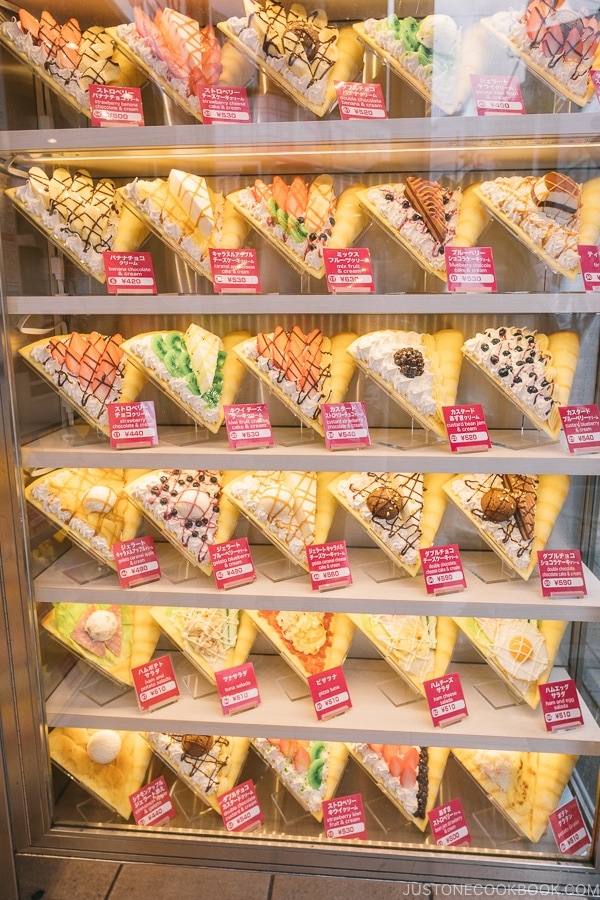
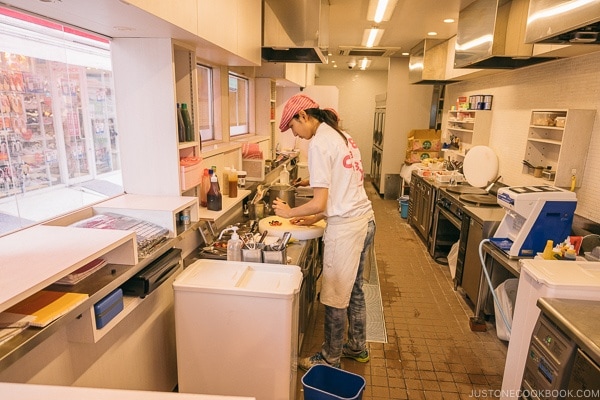
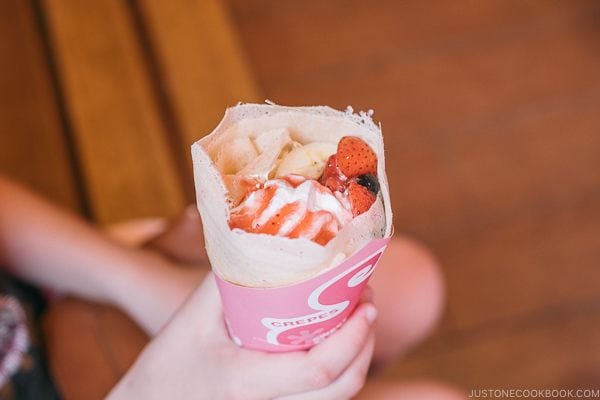
One of the most celebrated sweet shops is Rainbow Sweets Harajuku. They are known for, you’ve guessed it, rainbow color sweets. You can’t miss the folks holding their giant rainbow cotton candies in front of the store.
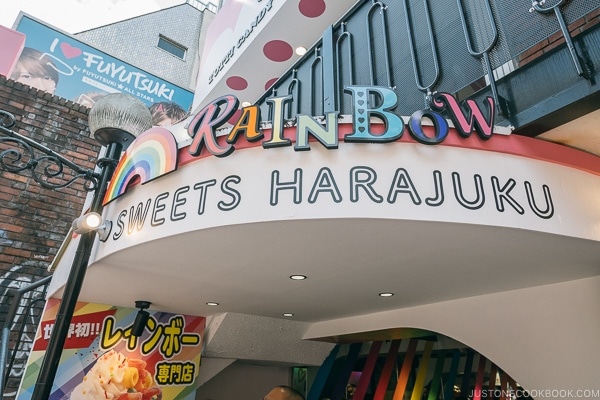
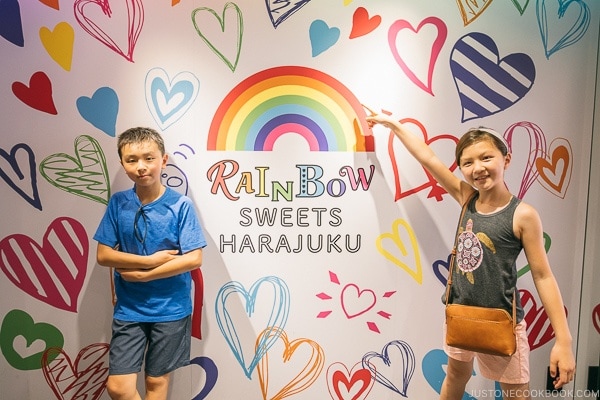
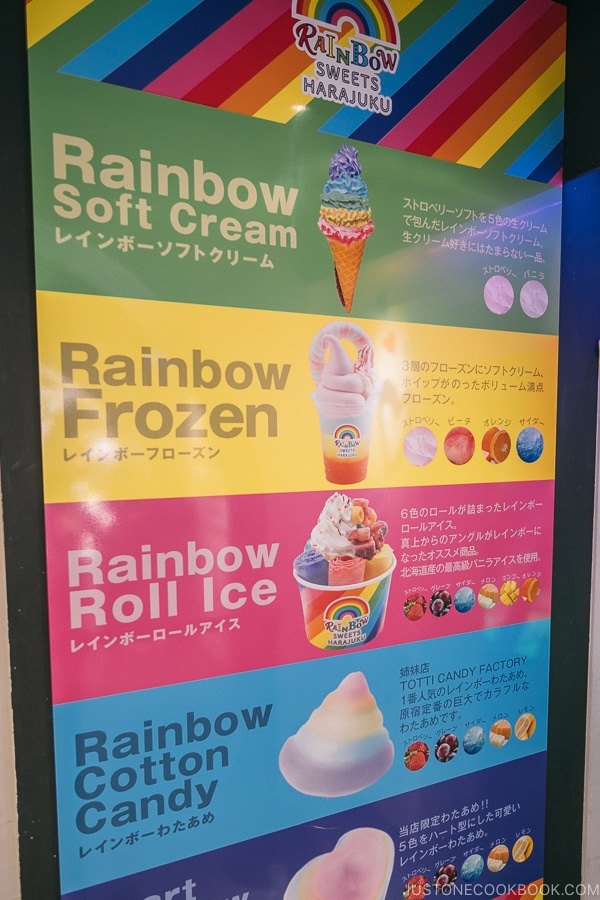
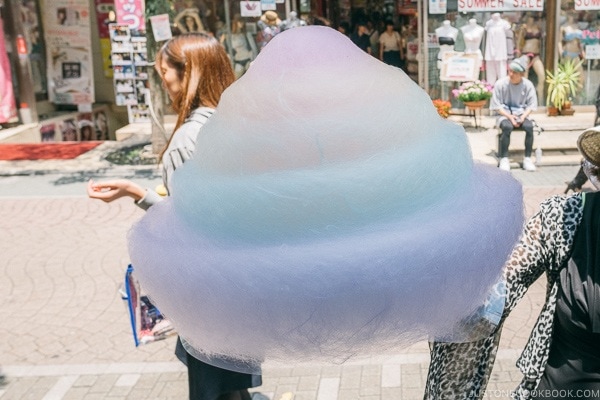
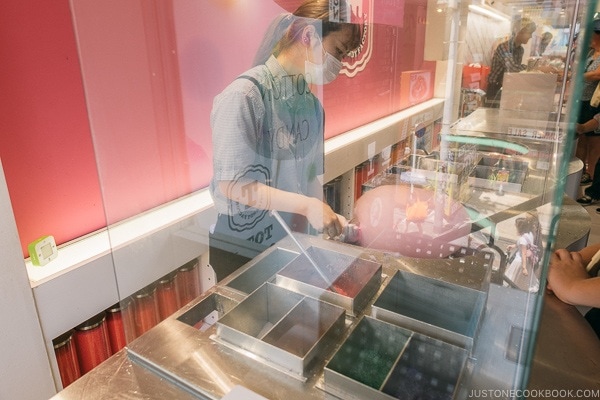
We stopped by another cotton candy shop, where our daughter got a unicorn cotton candy that flashed different colored lights.
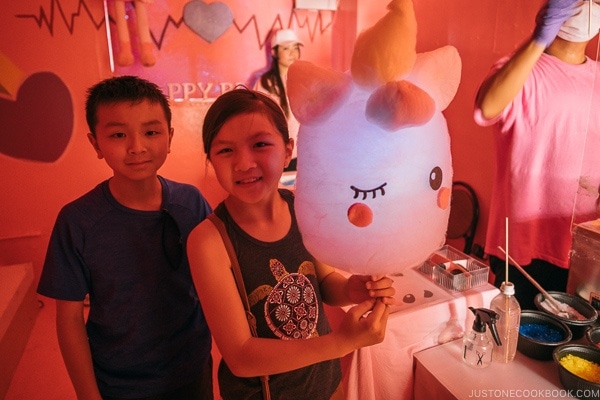
Besides accessories and cosmetics, there are many clothing and apparel shops.
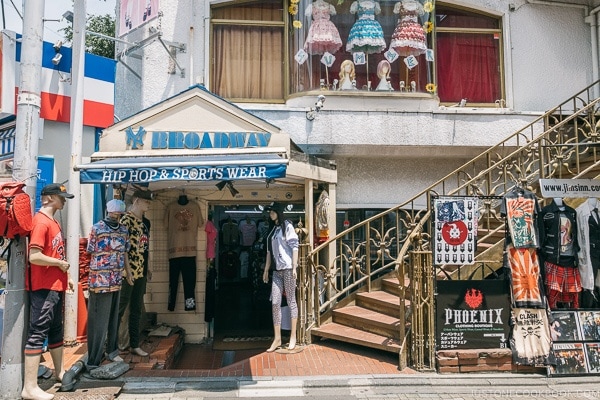
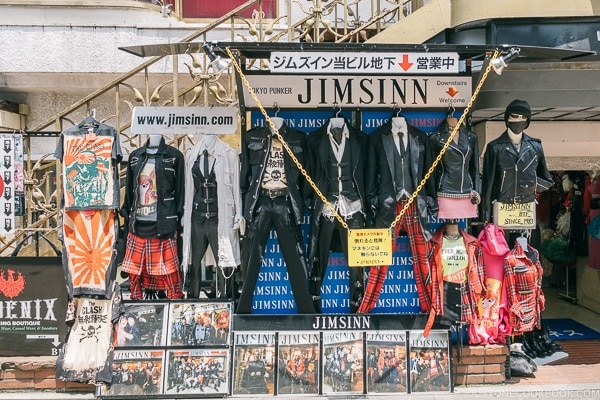
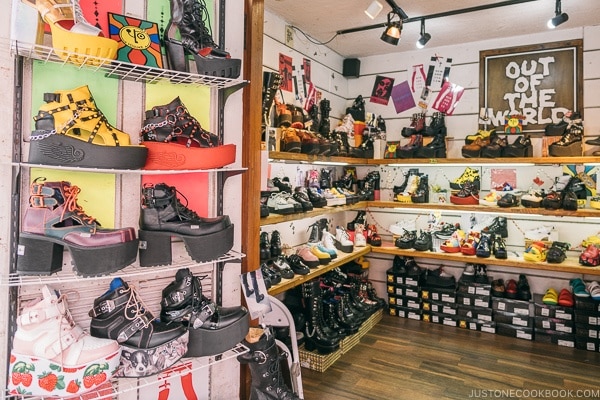
In addition to the sweets, there’s also the Calbee Store, where you can find all sorts of fun snacks there.
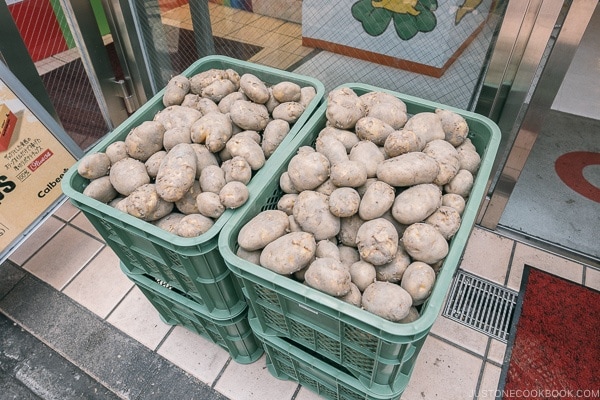
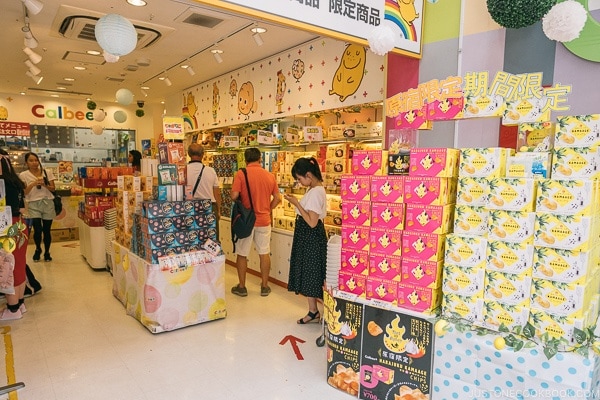
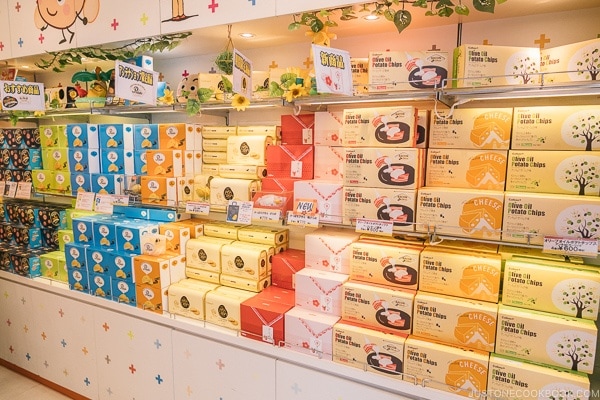
What else is cool? We visited Long Longer Longest, where you can order cotton candy, churros, ice cream, rainbow ice, and potato chips stacked in three sizes: long, longer, and longest.
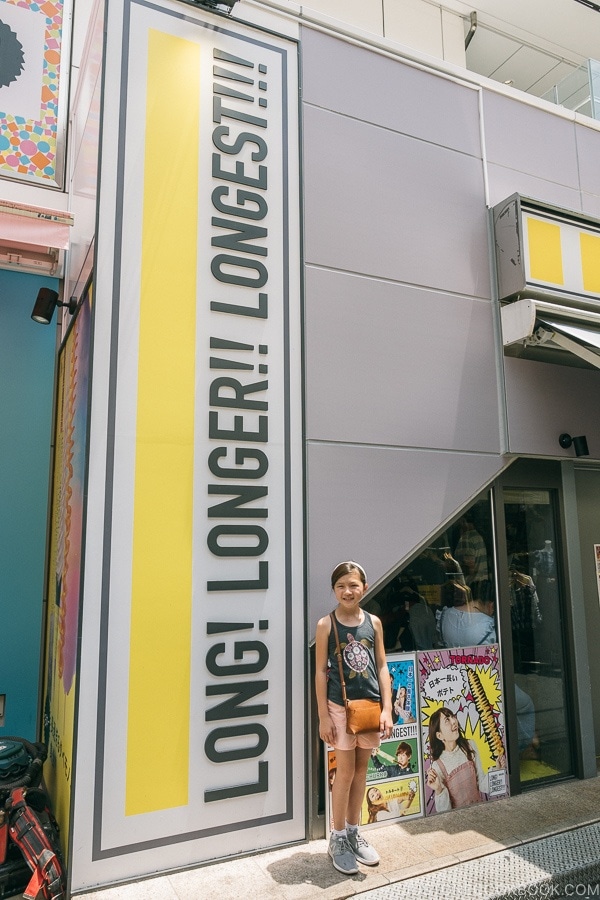
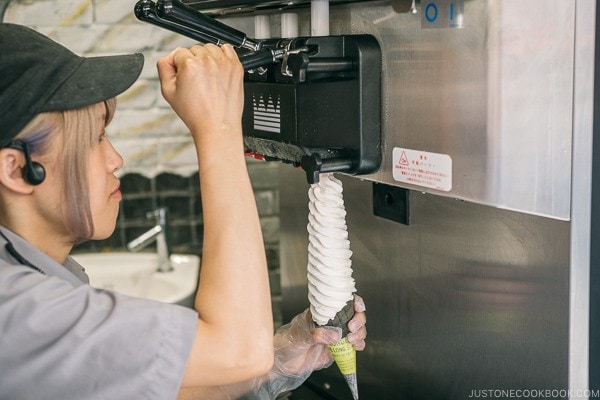
The unique retail shops aren’t limited to clothes or food; various stores carry collectibles and products you don’t typically find in everyday stores, such as food-shaped bandages, Dragon Ball water, World Cup Coke bottles, and more. Coke memorabilia is a big thing in Harajuku.
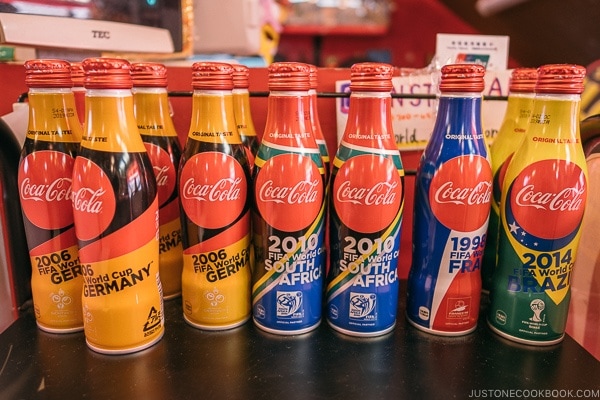
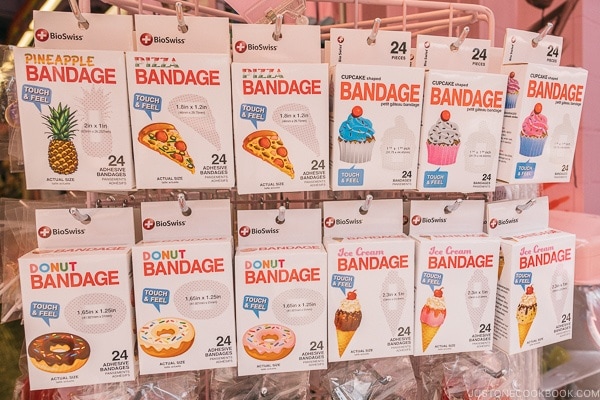
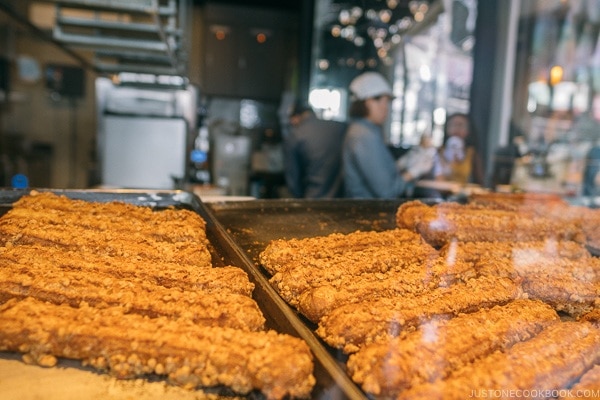
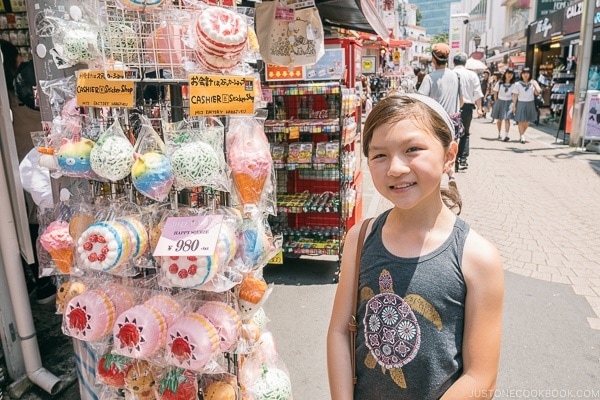
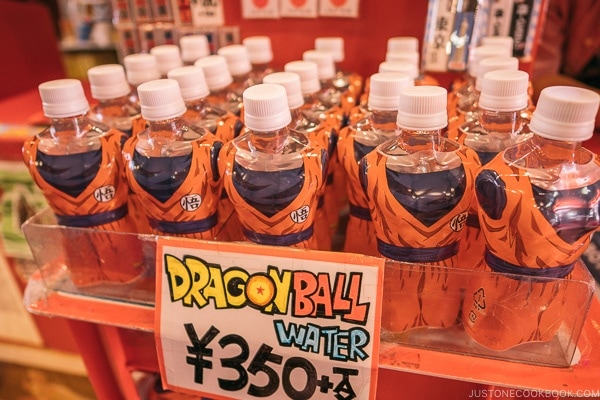
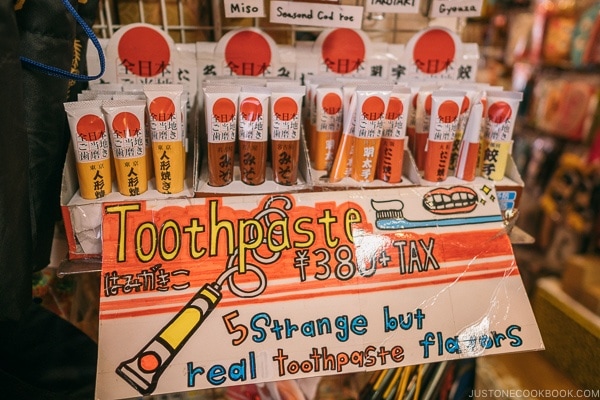
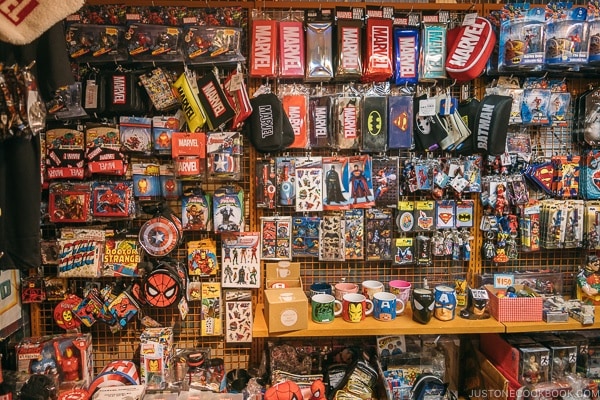
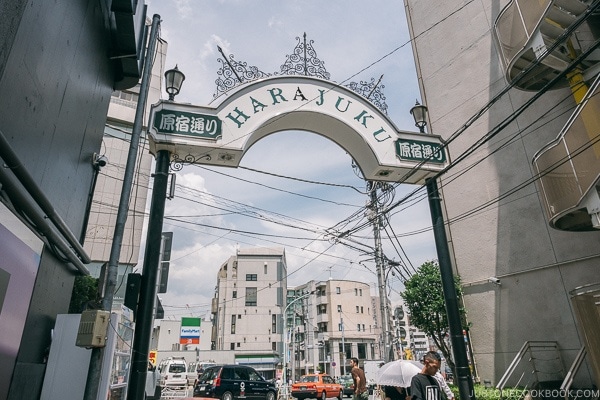
There are many side streets to discover and explore in Harajuku. One of the most popular new sweet shops on a side street is Anywhere Door.
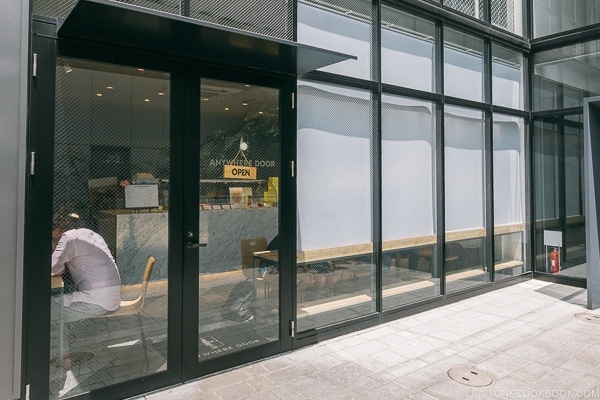
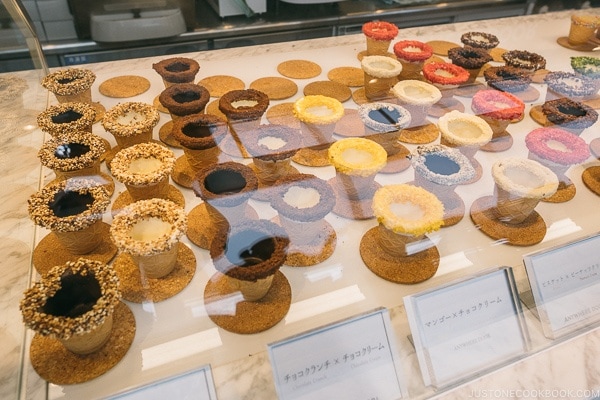
After walking around in the hot summer heat, we found a Chinese restaurant at the end of Takeshita Dori: Ryunoko Sichuan Restaurant. They are known for their mapo tofu and dan dan noodles. The mapo tofu was quite good, but in our opinion, the spicy dan dan noodles were just okay.
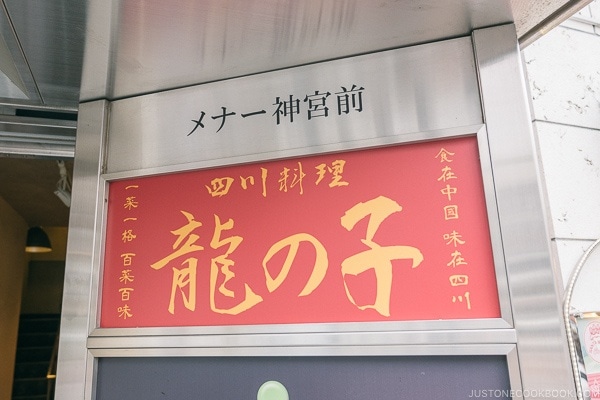
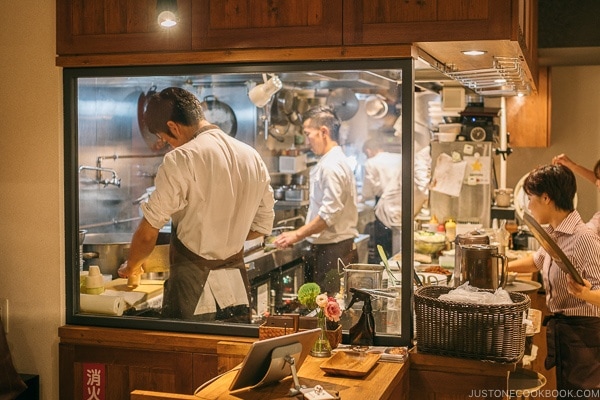
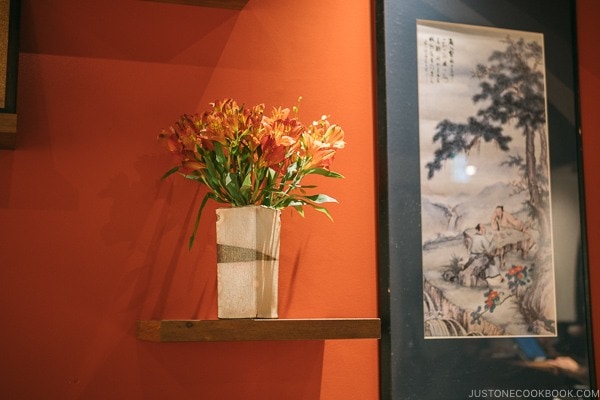
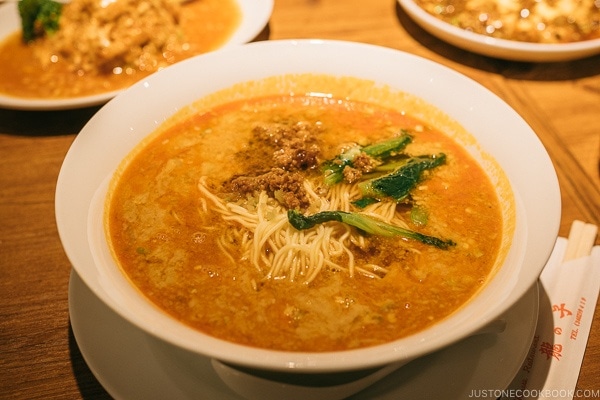
If you’re looking for other food options, the popular ramen chain Ichiran has a branch in the area, or you can try some gyoza at Harajuku Gyoza-ro.
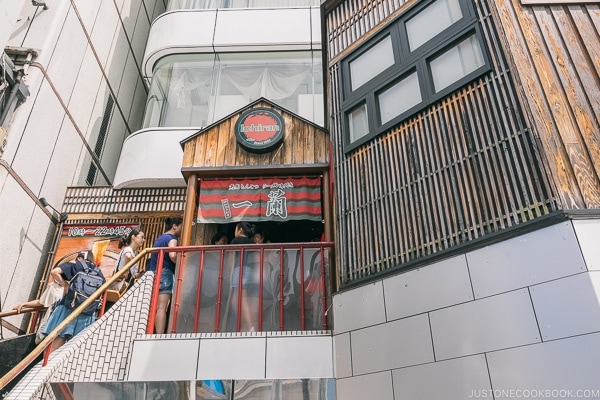
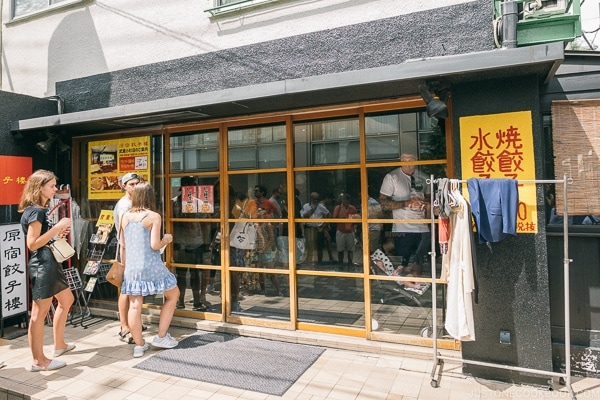
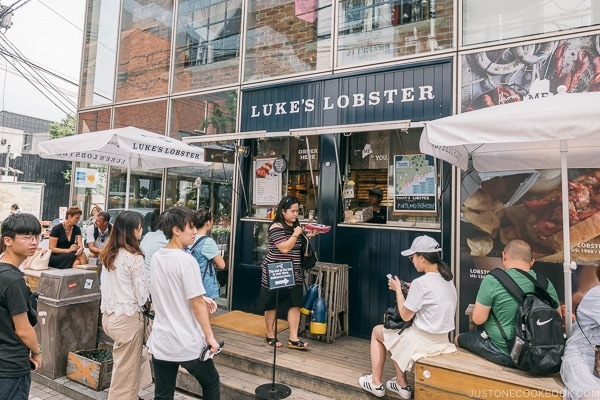
After refueling and powering up, it’s time to explore more stores around Harajuku and then head to Omotesando, just a few blocks away.
In addition to the boutique shops on Takeshita Dori, there are malls and department stores nearby.
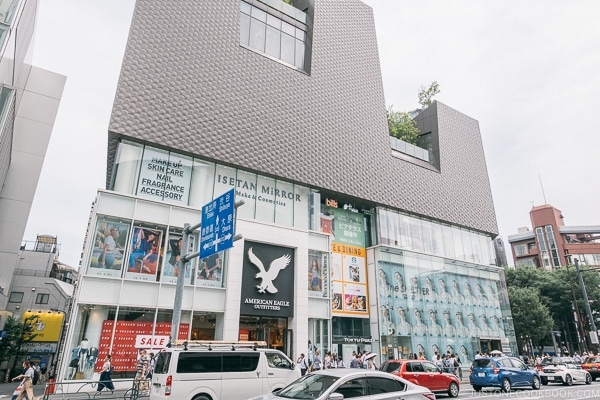
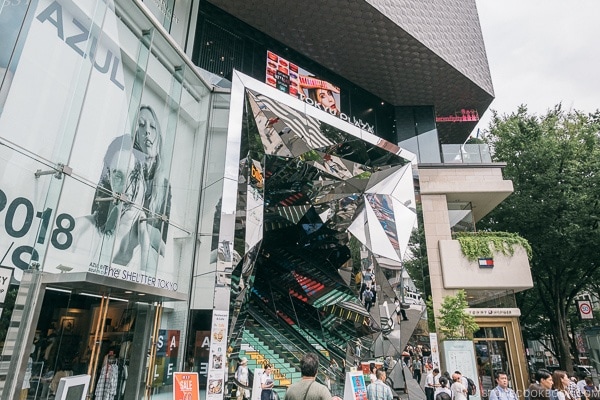
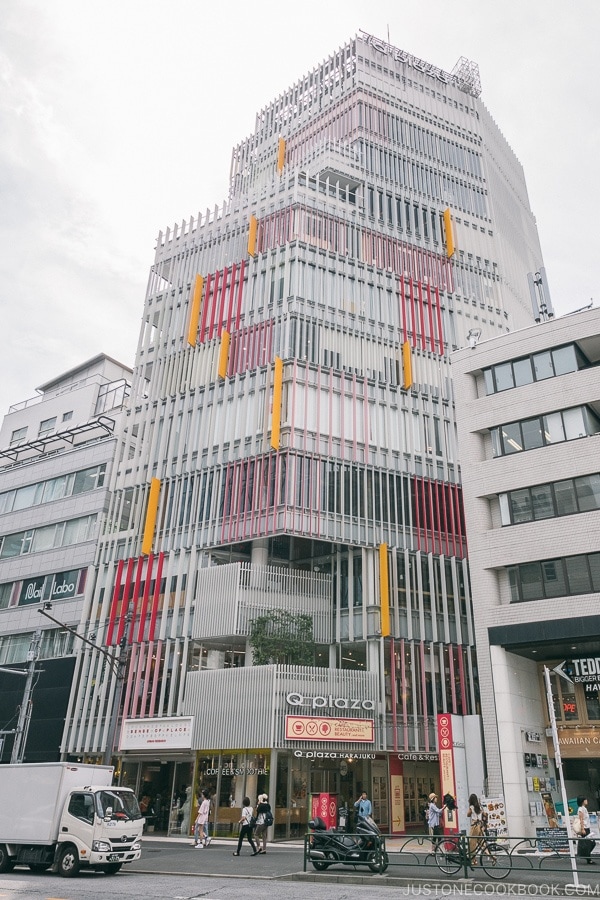
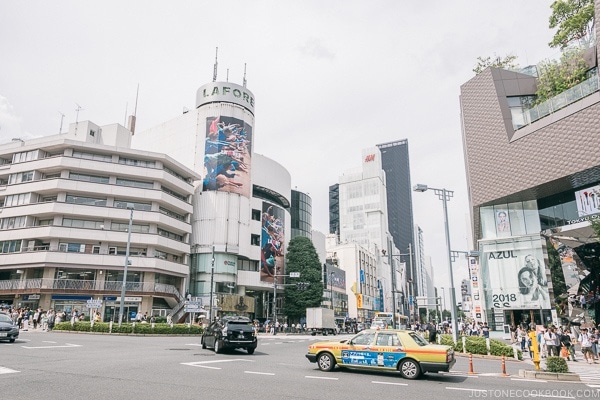
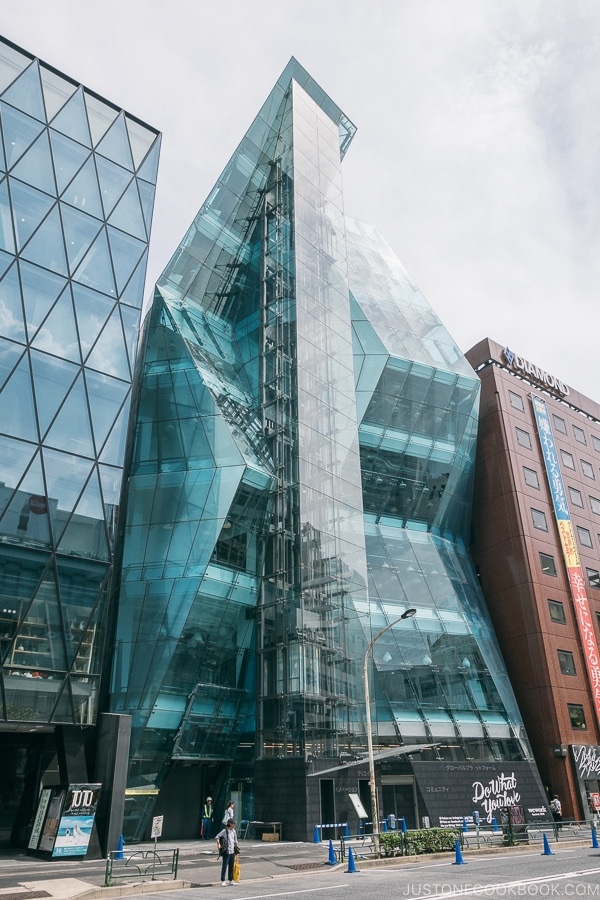
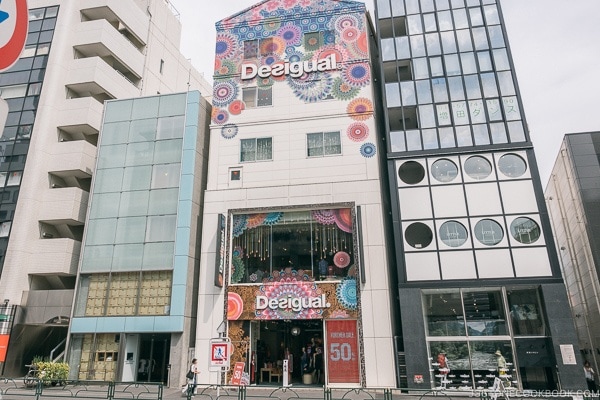
In addition to the main strip, don’t forget to check out Cat Street. It’s where the ultra-cool and hipsters shop and hang out.
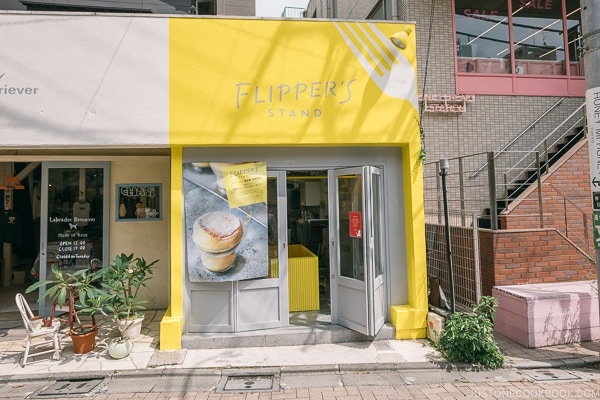
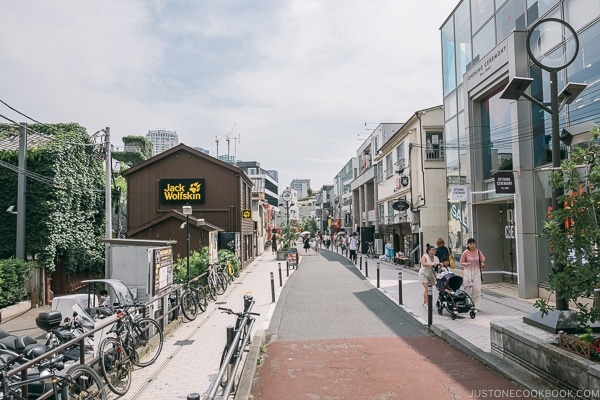
Modern Meets Timeless – On to Omotesando
Even though they’re right next to each other, Harajuku and the ultra-high-end shopping at Omotesando couldn’t be more different. Harajuku is always on the cusp of the latest trends, while Omotesando is all about flaunting luxury brands. If they were siblings, Harajuku would be the street-savvy cool teen, and Omotesando would be the sophisticated older sister. If you’re a fan of Louis Vuitton, Dior, and other designer brands, you’ll find many of their flagship stores in Omotesando.
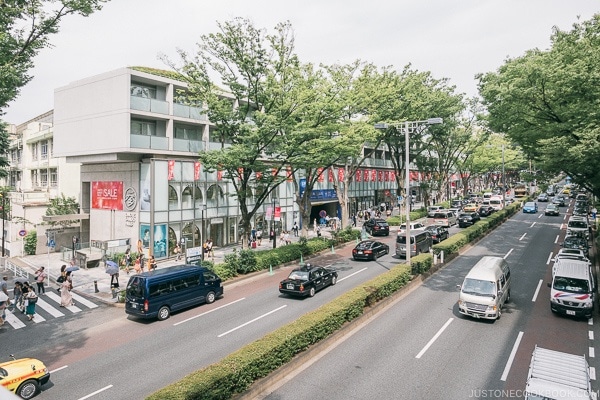
Outside the designer stores, there are malls and department stores such as G-Star Omotesando, AMORE Vintage Omotesando, and Chicago Omotesando. In other words, you can shop until you drop.
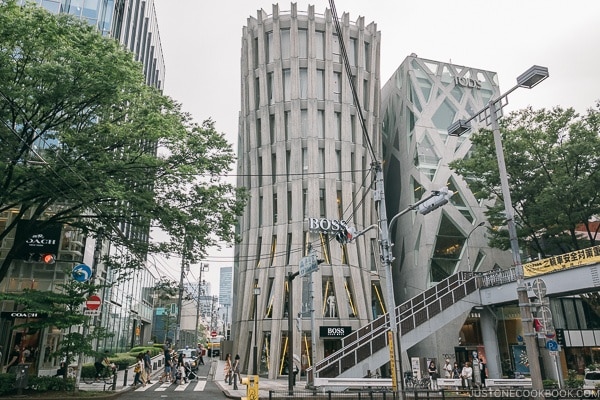
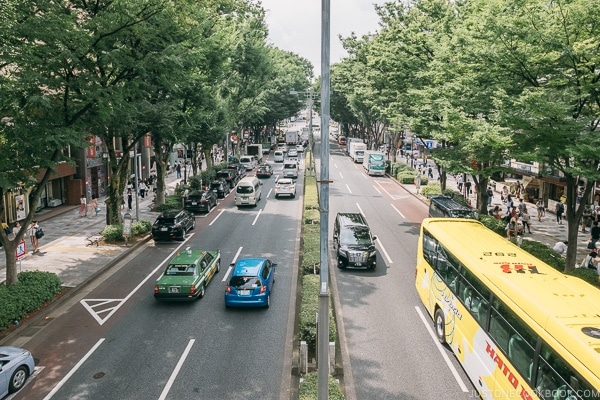
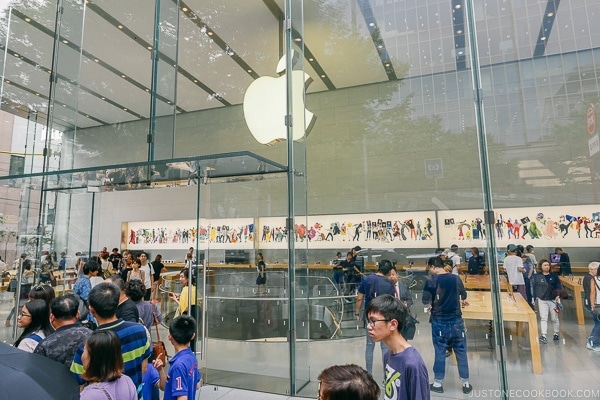
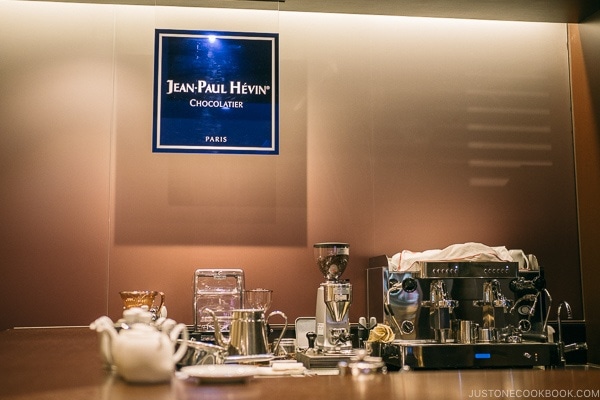
We escaped the summer heat for a moment by visiting Omotesando Hills Mall. What could be better than an air-conditioned mall in the summer? Exquisite chocolate treats in an air-conditioned mall! We stopped by Jean-Paul Hévin Chocolatier to rest for a while. We ordered chocolate drinks, chocolate mousse, and some chocolate cake. It was delicious!
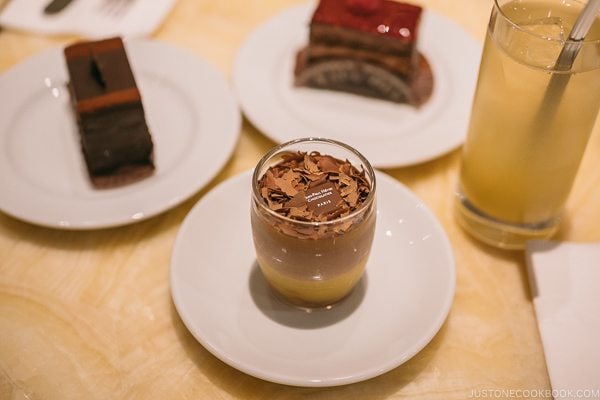
After resting our legs for a bit, it’s time to, you’ve guessed it, do more shopping in Shibuya!
For more Japan travel guides, click here, and to read our Tokyo travel guide, click here.


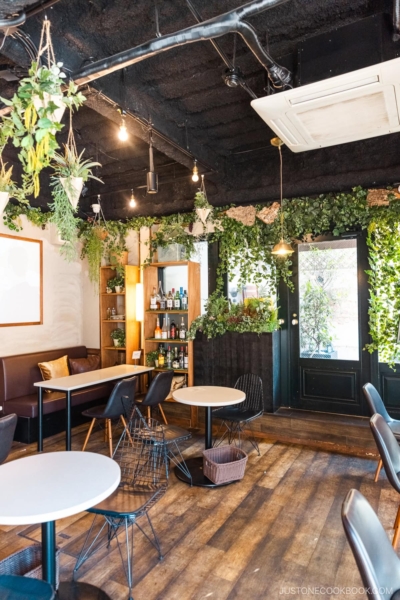
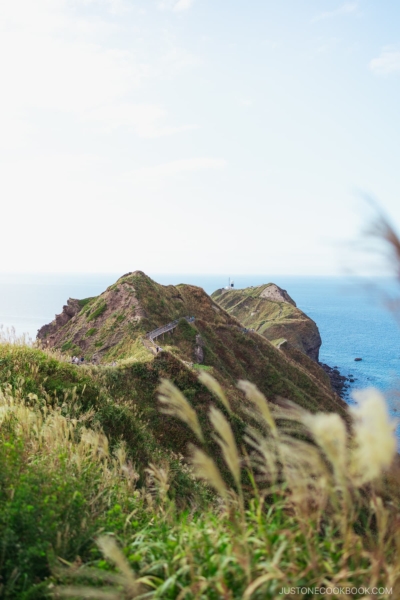
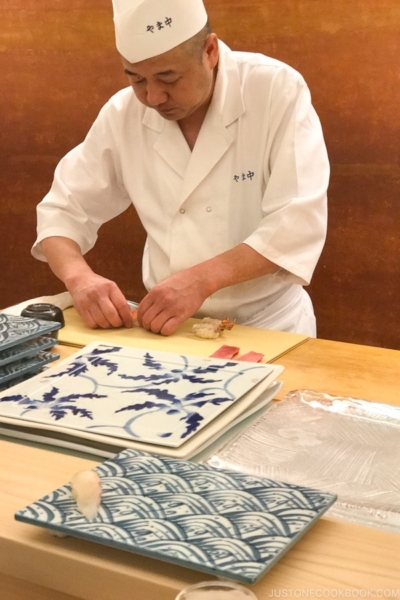




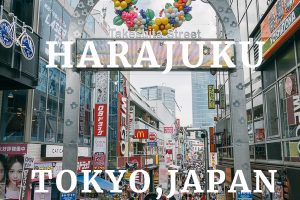
I urge you to take down the photo of the shop named “Richard’s.” The owner is a known racist who posts offensive signs outside of his shop, and has been seen assaulting tourists.
Hi Berg,
Thank you for letting us know, we’ve removed the store photo.